
woolly bears in gentlemen’s pants and other stories
MACKINTOSH’S ONLY ENGLISH HOUSE
Wenman Bassett-Lowke was fond of modern design, so when he wanted to update the 100-year-old Northampton house his father had purchased for him and his bride-to-be in 1916, he turned to Scottish architect and designer Charles Rennie Mackintosh. The unassuming brick house at 78 Derngate became an Art Nouveau showplace with striking rectilinear design within and without. Bassett-Lowke was something of an inventor, and his contributions are part of the design as well. After Bassett-Lowke sold the house 10 years later, it went through the typical succession of owners and users that often leads to design obliteration, but not to any great extent in this case. Meticulous research went into restoring wallpapers and paint finishes as well as the re-creation of curtains, carpets and some furniture.
[caption id="InBritainTheseDays_img1" align="aligncenter" width="689"]
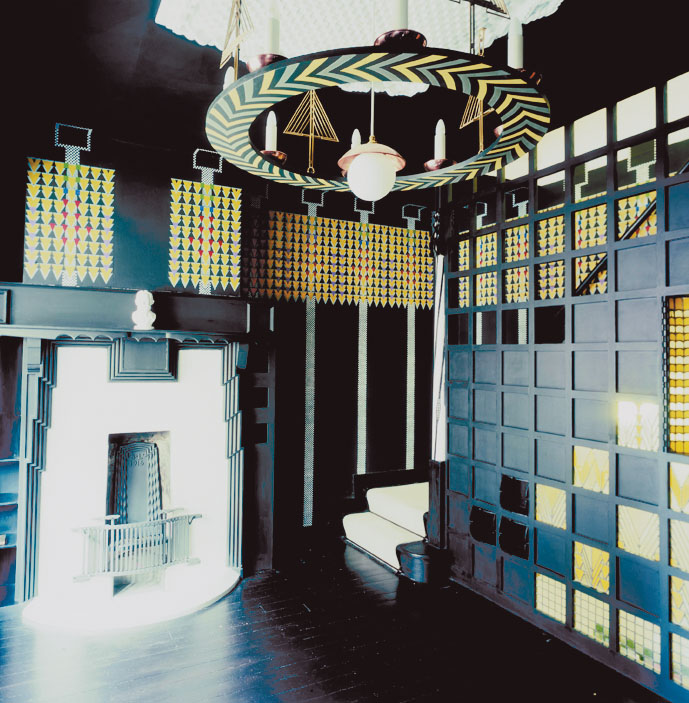
78 DERNGATE NORTHAMPTON TRUST
The tour entrance is at 82 Derngate, which leads to 80 Derngate with exhibits on the house’s design and Bassett-Lowke’s business in scale-model ships and trains, then to the Mackintosh house at 78 Derngate. It is open from late March through late November, and all visits must be prebooked. Phone: 01604 603407. Web: www.78derngate.org.uk.
[caption id="InBritainTheseDays_img2" align="aligncenter" width="719"]
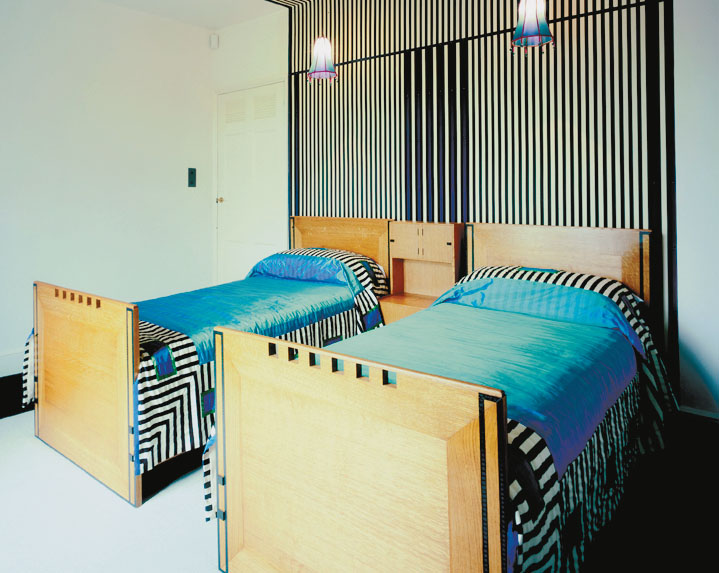
78 DERNGATE NORTHAMPTON TRUST
JERSEY’S GLASS CHURCH
Locals rarely refer to St. Matthew’s Church by its actual name. They call it the “Glass Church” because of its stunning glass appointments created by René Lalique. Worshipers and visitors enter the nondescript building through glass doors that portend its luminous interior. Glass columns, altar rail, altar cross and font translate light into glowing Art Deco forms. Lalique was asked by Lady Trent to design architectural elements of the church. The widow of Jesse Boot, Baron Trent (who founded Boots the Chemists), Lady Trent wanted to refurbish the church in memory of her husband. Lalique was her neighbor at her house in the South of France, and the church stands across the road from her Jersey home, Villa Millbrook. Rarely have neighborliness, loving memory and glass been combined for such a splendid effect. Lalique completed his work on the church in Millbrook, St. Lawrence, in 1934. It is open all year. Web: www.glasschurch.org.
UPPERMOST SALISBURY
[caption id="InBritainTheseDays_img3" align="aligncenter" width="791"]

SALISBURY CATHEDRAL
The spire of Salisbury Cathedral, long the object of spiritual and architectural awe, can now be viewed from a new perspective. Visitors are invited to climb the circular stone steps into the tower supporting the spire to peer up into the scaffolding within it and look out over Salisbury, the surrounding countryside and Sarum hillfort, from a height of 225 feet. The spire itself reaches 405 feet, making it Britain’s tallest. Archaeologists have determined that the wood in the spire’s scaffolding is newer than the spire itself and speculate that the rough wooden framework was erected to repair damage from a 1362 hurricane. Weather sometimes cancels the tours. Advance booking is recommended. Phone: 01722 555156. Web: www.salcath.co.uk.
[caption id="InBritainTheseDays_img4" align="aligncenter" width="901"]
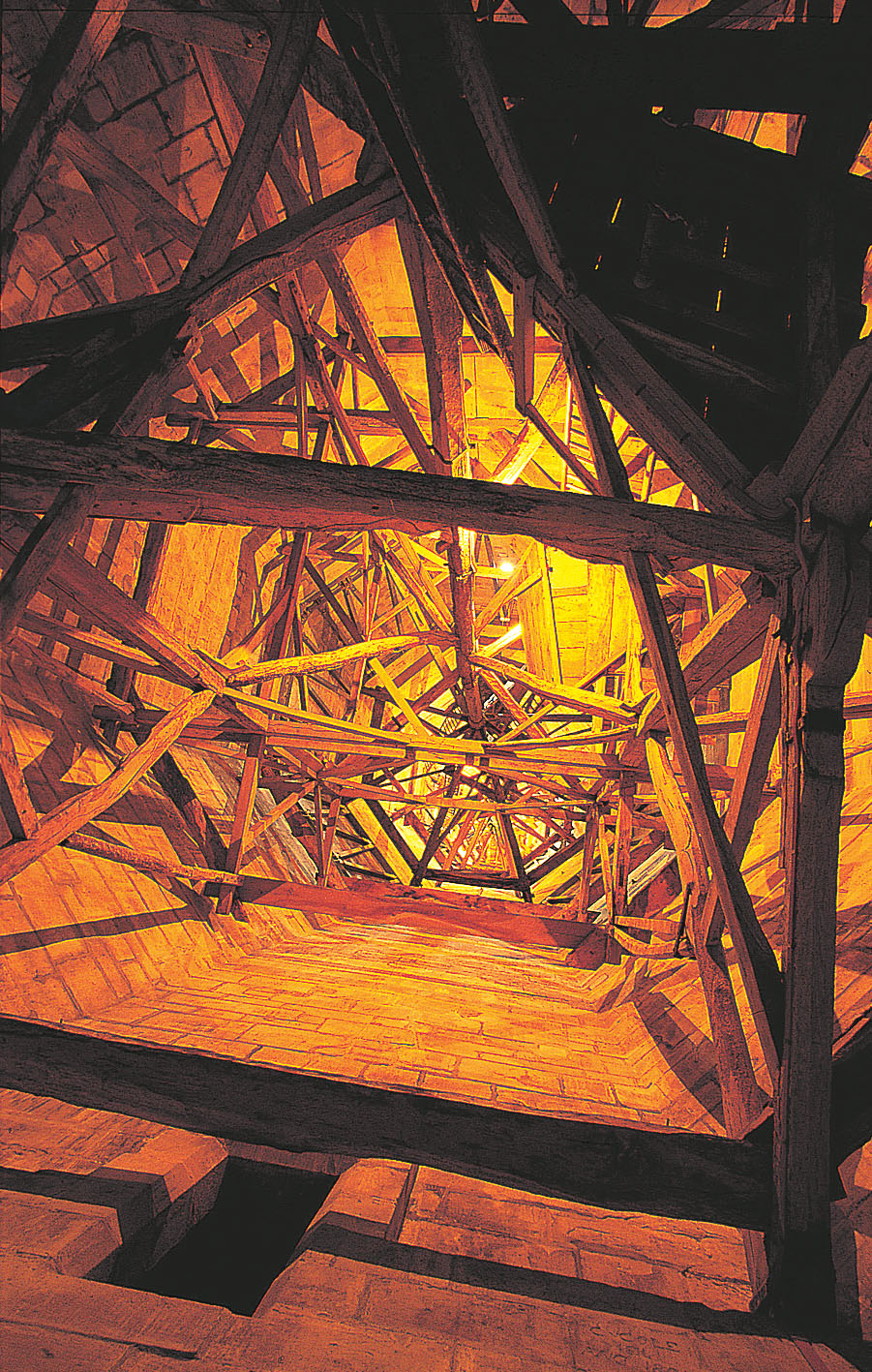
SALISBURY CATHEDRAL
[caption id="InBritainTheseDays_img5" align="aligncenter" width="1024"]
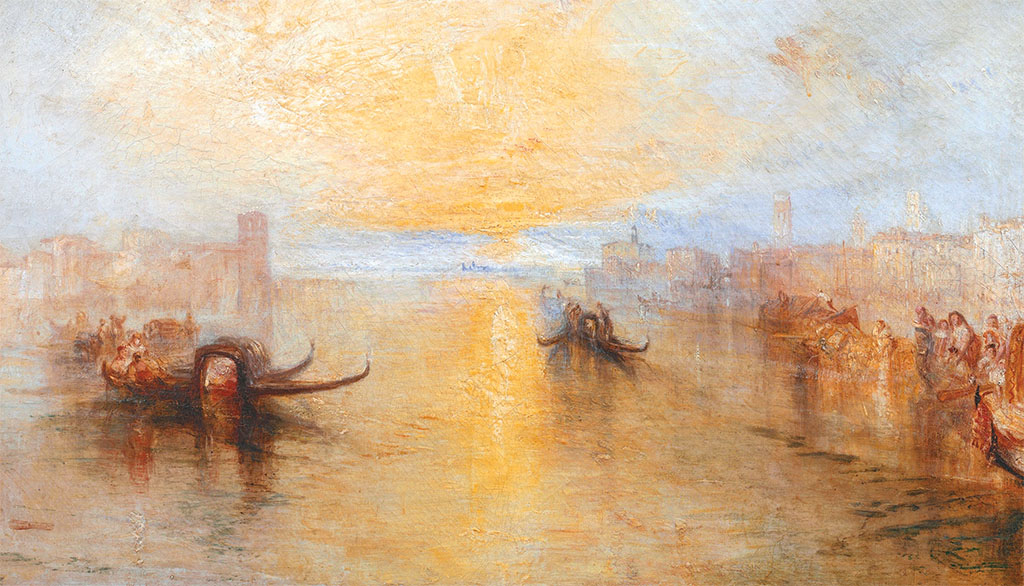
TATE BRITAIN
TOPPING OFF GLASGOW
There is no climbing involved in ascending Scotland’s tallest free-standing structure. A glass enclosure lifts visitors to the top of the 417-foot Glasgow Tower at the Glasgow Science Centre for a superb view of the city. The center claims that the tower is the only building in the world capable of turning 360 degrees from the ground up. This allows it to turn and face the wind in order to reduce wind resistance on the slender tower. However, when gusts reach 40 mph, the tower is closed. Back on terra firma, the Science Centre offers exhibitions on Glasgow’s past 300 years and its possible future. There’s much more to see and experience, with 300 hands-on exhibits, a world-class planetarium and a huge IMAX theater. Web: www.glasgow sciencecentre.org.
TURNER, WHISTLER AND MONET AT TATE BRITAIN
James Abbott McNeill Whistler and Claude Monet were friends, and the two admired the work of J.M.W. Turner. The 100 paintings, watercolors, prints and pastels on display at Tate Britain through May 15 show how these three influenced each other’s work and together fostered the development of Impressionism. The touring exhibition was a great success in Toronto and Paris, and those wishing to see it shouldn’t wait until the last minute to book tickets. Web: www.tate.org.uk..
Judy P. Sopronyi
HOUSEKEEPING AT THE NATIONAL TRUST
From 80-year-old woolen pants to a photograph album the size of a postage stamp, the National Trust cleans and cares for an unusual and eclectic range of objects. Every year the Trust invites people to go behind the scenes and experience firsthand the techniques employed by specialist conservators as they clean and restore collections during the winter months. Those “Putting to Bed” days are featured at Trust properties across the country.
At Mr. Straw’s House in Nottinghamshire—a semi-detached Edwardian house with an unaltered 1930s interior— members of the staff clean dozens of woolen socks and pants and more than 50 pairs of men’s pajamas. Philippa Lawrie, property manager for Mr. Straw’s House, says: “People are fascinated to learn that we clean the false teeth that are kept in the bedroom and the jars containing fruit bottled over 60 years ago. We also have to keep an eye out for pests such as woodworm. The Straws were grocers by trade and the 1930s fruit boxes were particularly susceptible to this bug.”
[caption id="InBritainTheseDays_img6" align="aligncenter" width="1024"]

TATE BRITAIN
The servants’ quarters of these properties receive just as much attention from the conservation teams as the “front of the house.” The kitchen at Standen, West Sussex, holds a collection of copper pots and pans, all of which must be meticulously cleaned. For this job gloves are essential in order to protect the copper from the acid in the conservators' hands. In the servants' bedrooms at Lanhydrock, Cornwall, the coal scuttle and washstand have custom-made cotton covers. In the Luggage and Livery rooms at Lanhydrock, trained volunteers treat each leather suitcase and trunk with special dressings.
Some of the National Trust’s treasures are so small that a spot of “Lilliputian” housekeeping is required. The Carlisle collection of miniature rooms at Nunnington Hall, North Yorkshire, is one of the world’s finest collections of miniature furniture. Watercolor paintings the size of a thimble are lightly dusted with a pony-hair brush and reset on tiny picture nails no bigger than a grain of rice. Minuscule bedspreads and laceedged linen are carefully cleaned, and in the children’s day nursery the underneath of the tiny Noah’s ark is treated with a sticky wax to hold it in place.
Although many items of furniture or decoration are extremely fragile (not to say, valuable), often the simplest and cheapest cleaning methods are the most effective. At Blickling Hall, Norfolk, marble is cleaned using a mixture of ammonia, water and washing-up liquid, carefully applied with cotton swabs. A weak solution of water and washing-up liquid is also used to clean the huge chandeliers every five years. To accomplish the task, tower scaffolding has to be erected and a plan must be drawn of each section of the fixture.
[caption id="InBritainTheseDays_img7" align="aligncenter" width="493"]
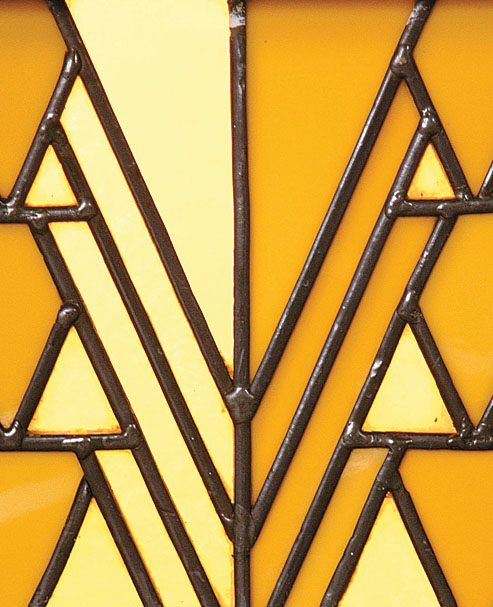
78 DERNGATE NORTHAMPTON TRUST
Treasurer’s House in York holds informal conservation days where visitors can wander from room to room, lending a hand to clean delicate fire irons in the drawing room or vacuum 17th-century carpets. Insect illustrations, pest traps and magnifying glasses are on hand to help with the identification of common vermin.
Visitors to one of the Trust’s Putting to Bed days watch how precious rugs are rolled and wrapped, fragile ceramics protected from dust under acid-free tissue and delicate textiles gently vacuumed through a sheet of fine gauze to prevent damage. A visitor can also pick up useful housekeeping tips and techniques.
[caption id="InBritainTheseDays_img8" align="aligncenter" width="765"]
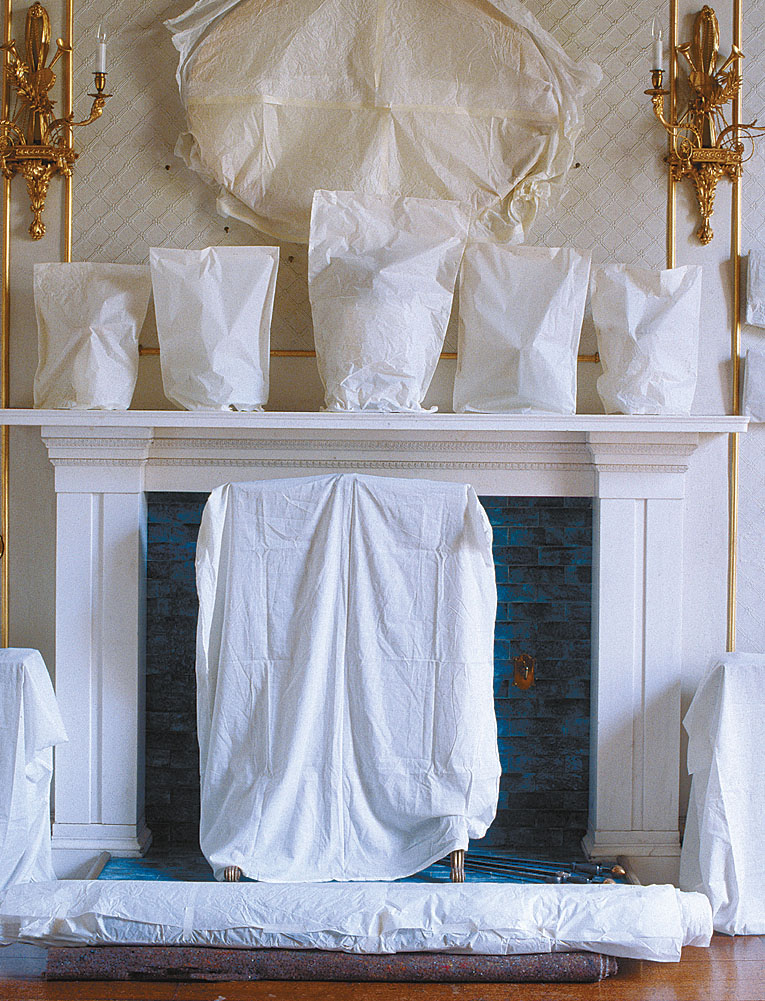
ANDREAS VON EINSIEDEL/NTPL
One piece of advice that never fails to delight visitors is that Trust conservators recommend polishing furniture just once every seven to 10 years! Other housekeeping tips the National Trust offers are:
- Use natural bristle brushes rather than dusters—much better at getting into nooks and crannies, and they don’t catch on splinters.
- Store silver in tarnish-proof bags, readily available at bigger stores.
- Use cotton gloves when handling metal ornaments. Skin contains chemicals that can encourage corrosion.
- Install blinds to keep out direct sunlight and prevent fading.
- For polishing, use a specially created blend of natural waxes, available through Trust shops.
- To clean curtains use a low-suction vacuum cleaner.
- Never hold delicate ceramics by the handle—this is the weakest point.
- Dust books individually using a natural bristle shaving brush.
- Never immerse precious ceramics in soapy water. Clean with small cotton swabs dipped in a mild solution of detergent.
- Put glass mats under vases on polished or decorated furniture to stop water from blanching the wax.
Though most historic Trust houses do not open on a daily basis through the winter months of November through March, a selection of Putting to Bed events is available at www.national trust.org.uk/events.





Comments